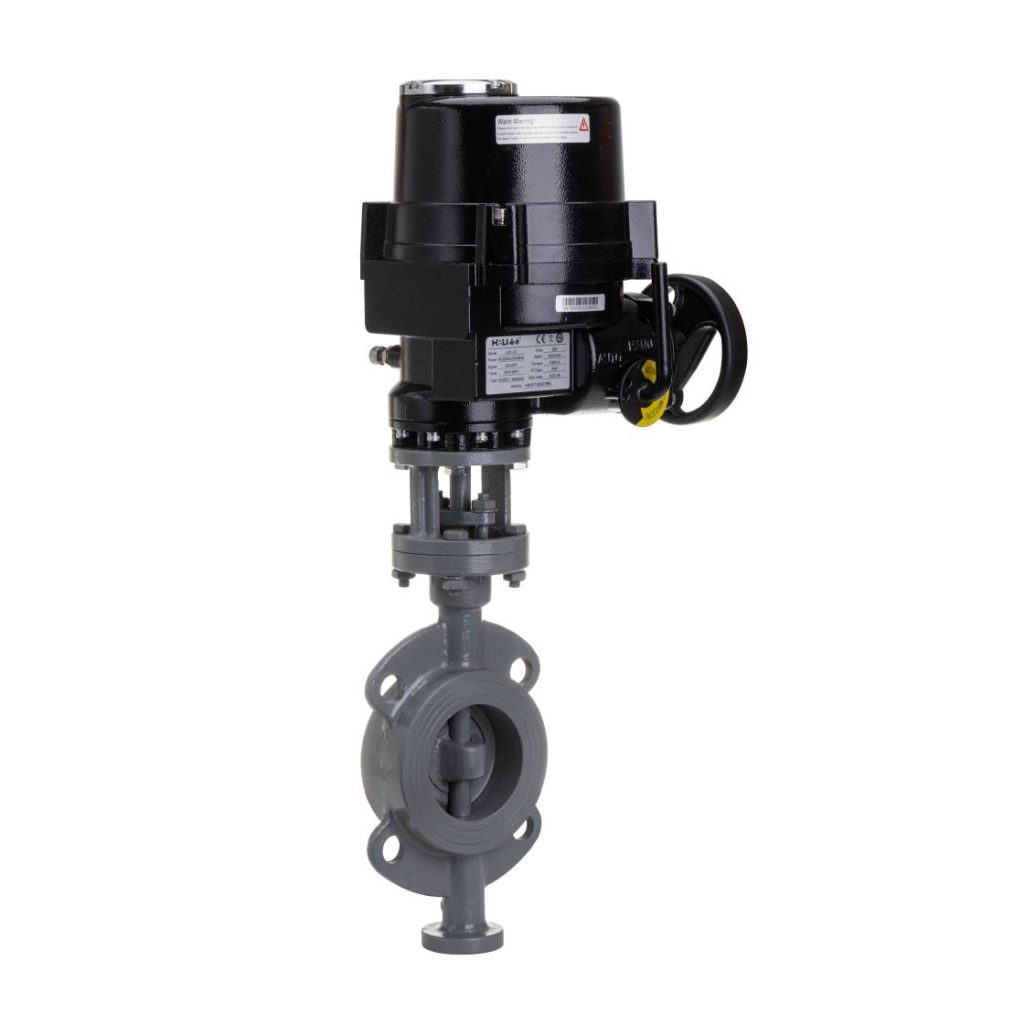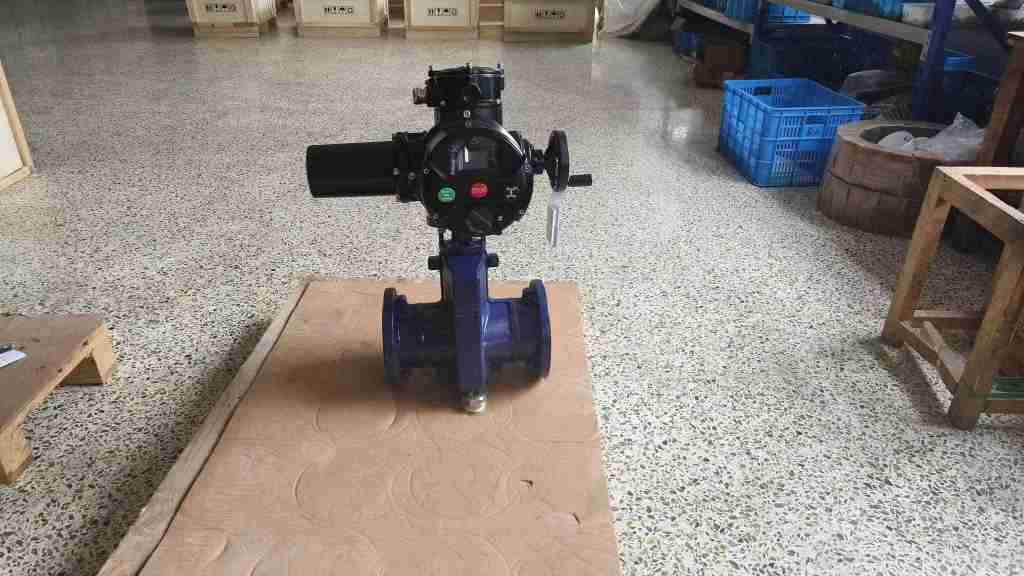The electric globe valve is an essential component used in various fluid control systems to regulate the flow of liquids and gases. With the growing demand for automated and precise flow control solutions in industrial applications, electric globe valves have emerged as a key player in enhancing system efficiency and operational safety. In this article, we will explore the function, design, advantages, and applications of electric globe valves in modern industries.

What is an Electric Globe Valve?

An electric globe valve is a type of valve used for regulating the flow of fluids in a pipeline. It consists of a globe-shaped body, a disc that seals the opening, and a stem that connects the disc to an actuator. The actuator, which is powered by electricity, moves the stem to adjust the position of the disc, thereby controlling the flow rate. This valve is known for its ability to provide precise throttling control, making it an ideal choice for applications where the flow needs to be regulated accurately. Unlike other types of valves, such as ball valves or gate valves, which are primarily designed for on/off operation, the globe valve is specifically designed for throttling and flow control. This characteristic makes it indispensable in situations where fine adjustments in flow rates are required.



















